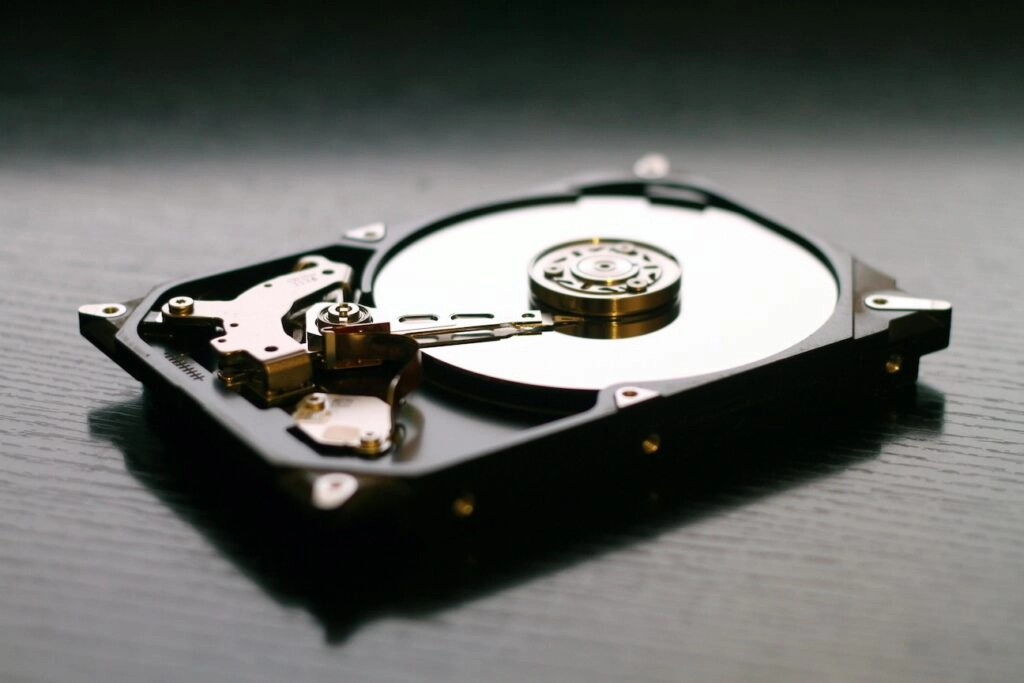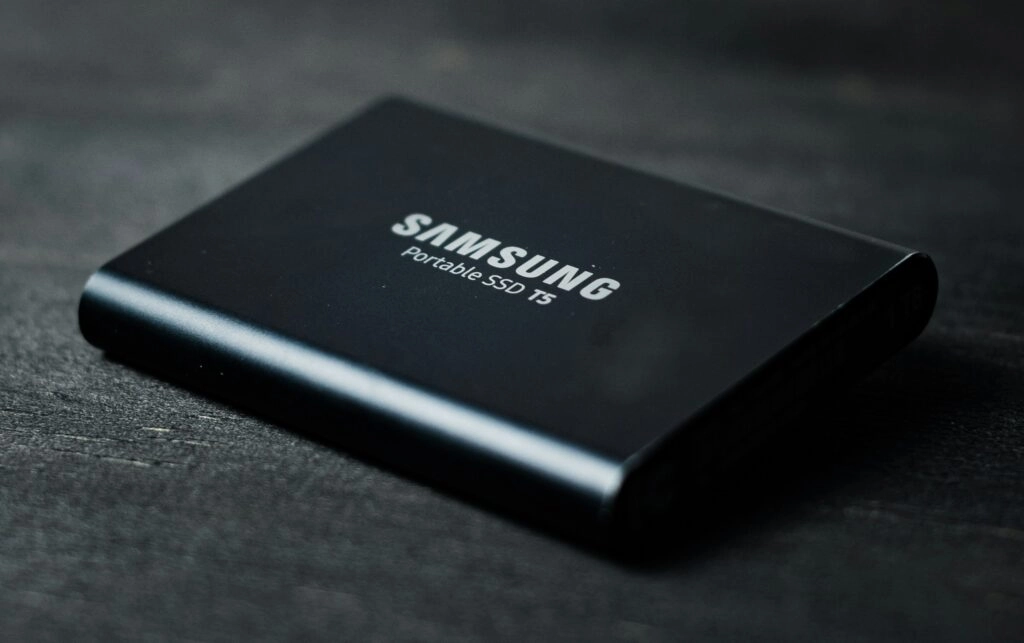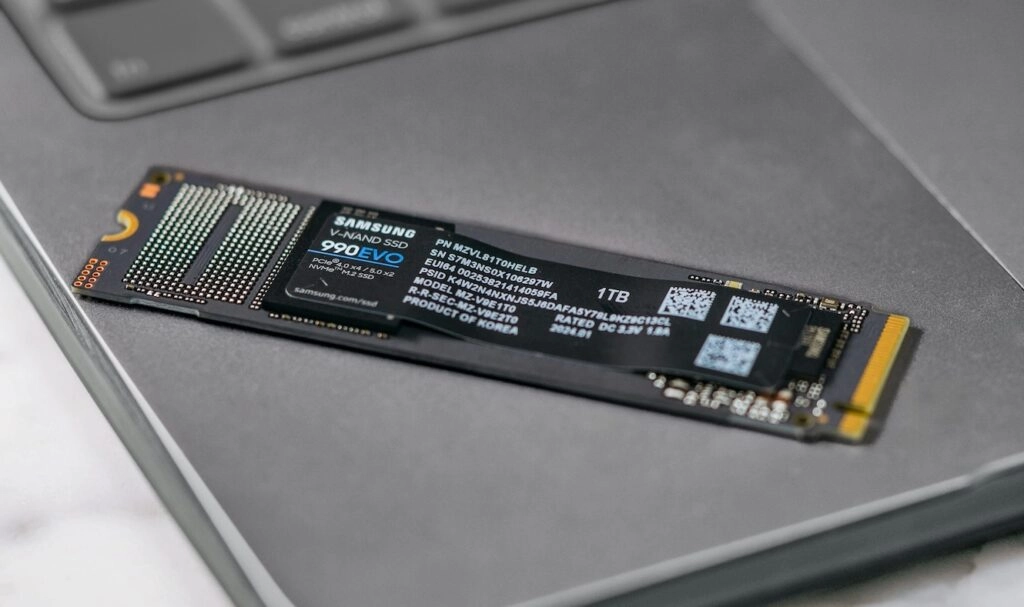NVMe vs. SSD vs. HDD Storage for Hosting: What’s the Difference and When Does it Matter?
When choosing a hosting plan, whether it’s a VPS Hosting, a VDS Hosting, or a Dedicated Server, components like CPU cores and RAM often steal the spotlight. However, the type of storage that underpins your server is often acts as the unsung hero – or the hidden bottleneck – that determines your website load speed, database responsiveness and overall application performance.
In the realm of server storage, three primary technologies compete for your data: traditional hard disk drives (HDDs), SATA solid state drives (SSDs), and high-speed Non-Volatile Memory Express (NVMe) SSDs.
Understanding the fundamental differences between these options is critical to making an informed decision. This paper explores the technical differences, compares performance metrics such as speed, IOPS and latency, examines reliability and cost factors, and provides clear guidance on choosing the optimal storage solution for your specific hosting needs.
Comparison Table: HDD, SATA SSD & NVMe SSD
| Feature | HDD | SATA SSD | NVMe SSD |
|---|---|---|---|
| Interface | SATA + AHCI | SATA + AHCI | PCIe + NVMe |
| Sequential Speed | 100–150 MB/s | 550–600 MB/s | 3,000–14,000 MB/s |
| Latency | 5–10 ms | ~1 ms | ~30–100 µs |
| IOPS (Random Access) | ~100s | ~10,000s | ~100,000+ |
| Price per GB | Lowest | Moderate | Highest (but falling) |
| Durability | Prone to mechanical wear | Good (limited write cycles) | Excellent (high endurance models) |
| Best Use Cases | Backups, archives, cold storage | General hosting, CMS, blogs | DBs, high-traffic apps, VPS nodes |
| Hot-Swappable | Yes (enterprise models) | Yes (enterprise models) | Partially (U.2/U.3, not M.2) |
Decoding the Drives: HDD vs. SATA SSD vs. NVMe SSD
HDDs: The Reliable Bulk Storage Option

Technology Explained: Hard disk drives are the veterans of data storage, relying on electromechanical components refined over more than 50 years. Inside a HDD, data is stored magnetically on rapidly spinning platters. Read/write heads mounted on actuator arms physically move across these platters to access or record information. HDDs typically connect to the server via the Serial ATA (SATA) interface and use the Advanced Host Controller Interface (AHCI) protocol, which was originally developed around 2004 to optimise the performance of these mechanical, spinning devices.
Pros: The enduring appeal of HDDs is their remarkably low cost per gigabyte. This makes them the most economical choice for storing large amounts of data where instant access speed isn’t the primary concern. Their technology is mature, and their failure modes, which often involve mechanical wear, can sometimes be gradual, with warning signs such as clicking noises or slowing performance. Many enterprise HDDs also support hot-swapping for easier replacement in server environments.
Disadvantages: The reliance on moving mechanical parts is the Achilles heel of HDDs. Physical motion inherently limits speed and introduces significant latency (the delay before data transfer begins), especially for random data access. Their input/output operations per second (IOPS) are drastically lower than SSDs. They are also more susceptible to physical shock and vibration and generally consume more power than SSDs, especially when actively reading or writing, due to the need to spin the platters and move the heads.
Context: While statistically less reliable over time than enterprise SSDs based on metrics such as mean time between failures (MTBF), the sometimes more predictable, gradual failure pattern of HDDs leads some users to prefer them for specific roles such as long-term archiving or secondary backups, especially if robust backup strategies aren’t perfectly implemented. However, recovering data from a failed HDD can still be complex and uncertain.
SATA SSDs: The Performance Leap

Technology explained: Solid state drives represent a fundamental shift from mechanical storage. They use NAND flash memory chips, similar to USB drives or smartphone memory, to store data electronically. With no moving parts, SSDs overcome the physical limitations of HDDs. Standard SATA SSDs, commonly found in 2.5-inch form factors, conveniently use the same SATA interface and AHCI protocol as HDDs. While this design choice made it easy to upgrade from older HDD systems, it also imposed a performance ceiling that prevented SSDs from realising the full potential of flash memory technology.
Pros: The main advantage of SATA SSDs is their dramatic performance improvement over HDDs. They offer much faster data access, resulting in faster server boot times, faster application loading and more responsive file operations. They are more resistant to physical shock, generally consume less power in active use than HDDs and have higher reliability metrics. SATA SSDs offer a good balance between cost and performance, making them a good choice for a wide range of server applications. Like enterprise HDDs, many enterprise SATA SSDs are hot-swappable.
Cons: SATA SSDs are more expensive per gigabyte than HDDs. Their main limitation is the SATA III interface itself, which limits data transfer speeds to around 600MB/s, although the underlying flash memory can often handle more. Like all flash-based storage, SSDs have a finite lifespan measured in terabytes written (TBW), although modern drives, especially enterprise models, offer high endurance suitable for most server workloads.
Context: The introduction of the SATA interface was a double-edged sword. It allowed SSDs to be easily integrated into existing systems designed for HDDs, accelerating their adoption. However, it quickly became apparent that this interface, designed for mechanical drives, was holding back the potential of solid-state technology, paving the way for the development of NVMe.
NVMe SSDs: The Speed Champions

Technology explained: NVMe (Non-Volatile Memory Express) isn’t just a faster SSD; it’s a fundamentally different interface protocol and technology designed specifically for the characteristics of flash memory. Instead of relying on the SATA bus and AHCI protocol, NVMe uses the high-speed Peripheral Component Interconnect Express (PCIe) bus, the same interface used by graphics cards, to provide direct communication paths to the CPU. This direct connection bypasses the traditional storage controller bottleneck inherent in SATA/AHCI. Designed for parallelism, NVMe supports far more command queues (up to 65,535 queues) than the single queue of SATA/AHCI. Common NVMe form factors include the small M.2 stick and enterprise-specific formats such as U.2 or U.3.
Pros: NVMe SSDs offer the highest storage performance currently available. Sequential read/write speeds can far exceed the SATA limit, often starting at over 3000MB/s for PCIe Gen3 drives and reaching over 7000MB/s for Gen4 and even 14000MB/s for the latest Gen5 drives. They offer the lowest latency, measured in microseconds (µs) rather than milliseconds (ms) like HDDs. Their IOPS capabilities are also significantly higher, allowing them to handle many more simultaneous read/write requests. While peak power consumption can be higher, their ability to complete tasks much faster can result in lower overall power consumption for certain workloads, and they often have advanced power-saving states. They are an ideal choice for performance-critical server applications.
Cons: NVMe drives command the highest price per gigabyte. However, the price has come down sharply and is now almost the same as SSDs. Compatibility can be an issue, requiring servers with appropriate M.2 slots or PCIe lanes and BIOS/UEFI support. Their high performance can generate significant heat, often requiring heat sinks, especially in dense server environments. Hot-swapping is generally not supported for the popular M.2 form factor, although enterprise U.2/U.3 drives may offer this capability. Importantly, while benchmarks show dramatic speed increases, the perceived real-world benefit over a good SATA SSD depends heavily on the specific workload; tasks not bottlenecked by storage may see limited improvement.
Context: The development of NVMe represents more than just an incremental speed increase; it represents an architectural redesign of storage communication. By moving away from the legacy SATA/AHCI framework designed for mechanical drives and leveraging the direct, high-bandwidth, parallel capabilities of the PCIe bus, NVMe unlocks the true potential of flash memory. This architectural advantage is why NVMe offers such a leap in performance, particularly for the high concurrency, random access tasks that are common in server environments. However, it’s important to understand that this potential is only fully realised when the memory itself is the bottleneck. Many everyday computing tasks, such as booting an operating system or loading simple applications or games, may not show a dramatic difference between a fast SATA SSD and an NVMe drive, as other system components may limit performance. Server workloads, especially database operations and handling many simultaneous web requests, are much more likely to be I/O-bound and thus benefit significantly from NVMe’s capabilities.
What’s Next?
In the next blog post, we’ll talk about the key performance metrics that will help you choose the optimal type of drive based on the type of data and services that will work with it.
